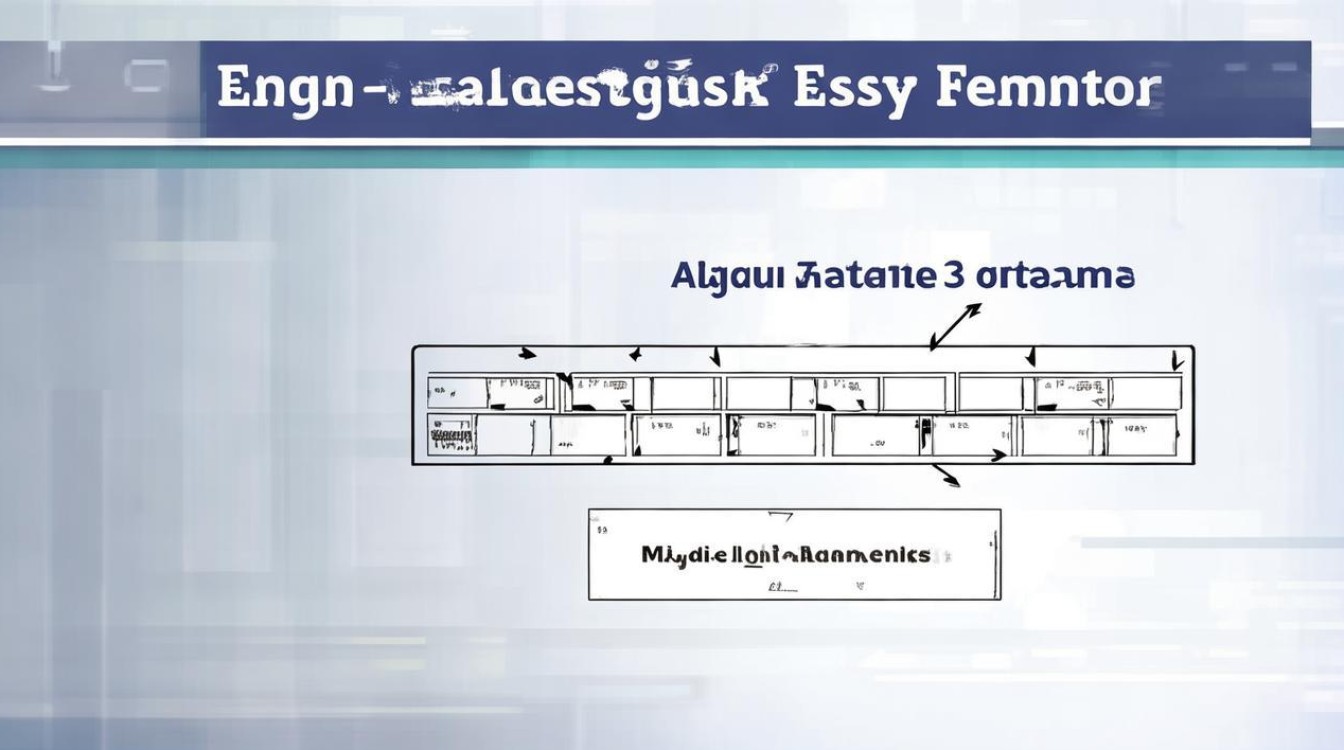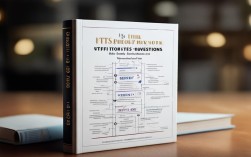雅思写作Task 2中的argument类作文是考生必须掌握的核心题型之一,这类题目通常要求考生针对某一观点或现象展开讨论,并提出自己的立场,想要在考试中取得高分,不仅需要清晰的逻辑结构,还要符合雅思官方评分标准,本文将详细解析argument类作文的格式要求,并提供实用的写作技巧。

argument类作文的核心特点
雅思argument类作文通常以以下形式出现:
- 同意与否(To what extent do you agree or disagree?)
- 讨论双方观点(Discuss both views and give your opinion.)
- 利弊分析(Do the advantages outweigh the disadvantages?)
如何变化,核心要求都是让考生表达清晰的观点,并用合理的论据支持。
标准argument类作文结构
一篇高分的argument类作文通常包含四个部分:
引言(Introduction)
引言的作用是明确题目背景,并清晰表达个人立场,建议采用以下结构:
- 背景句:简要介绍话题,避免直接抄题。
- 改写题目:用自己的话复述题目核心。
- 明确立场:直接表明同意、反对或部分同意。
示例:
In recent years, the rise of online education has sparked debates about its effectiveness compared to traditional classroom learning. While some argue that virtual learning lacks interaction, others believe it offers greater flexibility. This essay will argue that online education is a viable alternative, provided certain conditions are met.
主体段落1(Body Paragraph 1)
第一个主体段落应围绕核心论点展开,提供具体例证:
- 主题句:明确本段讨论的核心观点。
- 解释与拓展:用2-3句话深入分析。
- 例证支持:引用研究、数据或个人经验增强说服力。
示例:
One major advantage of online education is its accessibility. Unlike traditional schools, which require physical attendance, e-learning platforms allow students to study from anywhere. For instance, a 2021 UNESCO report highlighted that remote learning increased enrollment rates in rural areas by 30%. This demonstrates how digital education can bridge geographical gaps.
主体段落2(Body Paragraph 2)
第二个主体段落可以讨论对立观点或补充论证:
- 承认对立观点(如适用):展示辩证思维。
- 反驳或补充:解释为何自己的立场更合理。
示例:

Critics argue that online learning reduces student engagement due to limited face-to-face interaction. While this concern is valid, modern tools like video conferencing and discussion forums have significantly improved interactivity. A study by Harvard University found that 70% of online students reported satisfactory levels of teacher-student communication, debunking the myth of isolation.
Conclusion)
结论部分应简洁有力,重申立场并总结核心论点:
- 重述观点:避免简单重复,可换一种表达方式。
- 总结论据:用一句话概括主要支持点。
示例:
In conclusion, online education is a practical solution for modern learners, offering flexibility and wider access. With technological advancements addressing interaction concerns, it presents a compelling alternative to traditional schooling.
高分技巧与常见错误
确保逻辑连贯
- 使用衔接词(However, Therefore, Furthermore)使行文流畅。
- 避免跳跃式论证,确保每段只围绕一个核心点展开。
例证具体化
- 避免空泛陈述,尽量引用数据、研究或真实案例。
- 如果缺乏专业知识,可用假设性例证(e.g., For example, a student who...)。
语言精准度
- 避免重复词汇,多使用同义替换(e.g., benefits→advantages)。
- 控制句式多样性,混合简单句与复合句。
常见错误规避
- 立场模糊:避免“中立到底”,需明确倾向。
- 论证失衡:如讨论双方观点,需均衡篇幅。
- 偏离题目:始终紧扣题目关键词,避免泛泛而谈。
实战案例分析
以真题为例: *Some people believe that governments should fund arts programs, while others think this money should be spent on public services. Discuss both views and give your opinion.*
参考结构:
- :艺术与公共服务均重要,但优先支持后者。
- 主体1:支持艺术资助的理由(文化传承、创意经济)。
- 主体2:反对观点(医疗、教育等公共服务更紧迫)。
- :短期内应优先保障公共服务,艺术可通过其他渠道融资。
通过这样的结构,考生能清晰展示辩证思维,同时符合雅思写作的TR(任务回应)与CC(连贯与衔接)高分标准。
雅思argument类作文的高分关键在于结构清晰、论证充分、语言精准,通过系统练习与反馈,考生可以逐步提升逻辑严密性与表达流畅度,在备考过程中,建议多分析范文,积累高频话题词汇,并定期模拟限时写作以适应考试节奏。





